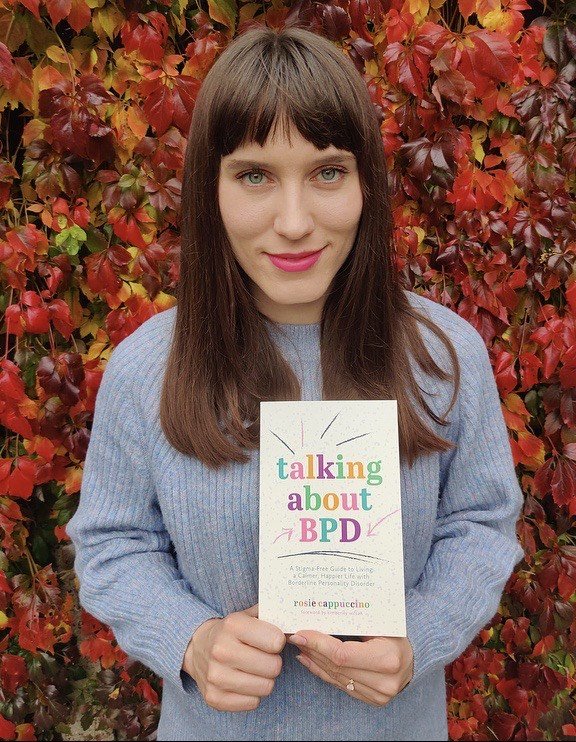A licensed mental health professional can diagnose someone with borderline personality disorder (BPD).
In the United States, this may include a:
• psychiatrist (MD or DO)
• psychologist (PhD or PsyD)
• clinical social worker (LCSW or LICSW)
• licensed professional counselor (LPC)
• licensed mental health counselor (LMHC)
• marriage and family therapist (LMFT or MFT)
• psychiatric nurse or nurse practitioner
In many smaller or rural communities, a family doctor or family physician may also be in a position to diagnose borderline personality disorder.
Depending on state licensing, some professions (or paraprofessionals) cannot diagnose BPD. These individuals might be a(n):
• caseworker or case managers
• peer support worker or peer support professional
• undergraduate or graduate student
• life coach or personal development coach
If you are interested in getting a diagnosis, you should find someone who specializes in the treatment of borderline personality disorder. A lot of wonderful, well-educated mental health professionals don’t specialize in the treatment of personality disorders so it helps if you can identify someone who has training and experience in using evidence-based treatments like dialectical behavior therapy and mentalization-based treatment.
Getting a Diagnosis of BPD: What to Ask a Professional
The first step in reaching out can be scary. When you are contacting a licensed mental health professional for the first time, you can start the conversation by asking:
• Does your license allow you to diagnose borderline personality disorder?
• I’ve been reading about borderline personality disorder and it sounds like I have some of the symptoms. Can you diagnose me?
• A friend told me about borderline personality disorder and I’d like to learn more. Do you help to diagnose BPD?
• I want to learn more about borderline personality disorder. Can you diagnose me if we meet in person?
• My girlfriend wants me to get tested for borderline personality disorder. Can you help me?
• A therapist once said that I might have BPD but I don’t know if she meant borderline personality disorder or bipolar disorder. Can you diagnose me and help me to understand my mood swings?
• I don’t think that I have borderline personality disorder but I’d like to understand my depression and anxiety better. If I meet with you, can you tell me if I have borderline personality disorder?
• I’m looking for someone who specializes in borderline personality disorder. Can you help me?
or, simply
• Do you help people with borderline personality disorder?
How Long Does it Take to Diagnose BPD?
A licensed mental health professional will use a book called the DSM-5 to help diagnose BPD.
Some professionals may ask you to complete specific assessments while others may ask a lot of open-ended questions about you, your family history, and what kind of problems you may want to work on in treatment. Most professionals will use a combination of assessments and an interview that may take place anywhere over one to six hours.
Feel free to ask your mental health professional how they assess for and diagnose borderline personality disorder.
Your First Steps in Getting Help for BPD
That next phone call or email contact may be difficult to make but your emotional health is worth it. Learning more about yourself and your mind is not only responsible but also emotionally healthy.
If possible, ask a friend or a family member to help you find someone who can assess you and your symptoms. This is a less scary endeavor when we ask others for their nonjudgmental support and encouragement.
Be sure to tell the licensed mental health professional if you are thinking of harming yourself or others. We can only begin to heal when we share this information with others. This is your opportunity to talk about something important in a safe environment.
You Are Not a Diagnosis of Borderline Personality Disorder
There are many parts to you and a mental health diagnosis is just one small part.
Please don’t imagine that you can be wholly defined by a diagnosis or label. Getting help for a problem you cannot solve on your own doesn’t mean that there’s something wrong with you. Emotionally healthy people ask for help all the time.
Getting help can be an important part of your life story. As someone who specializes in diagnosing and treating BPD, I believe that you are inherently worthy of healing.
Please also check out:











